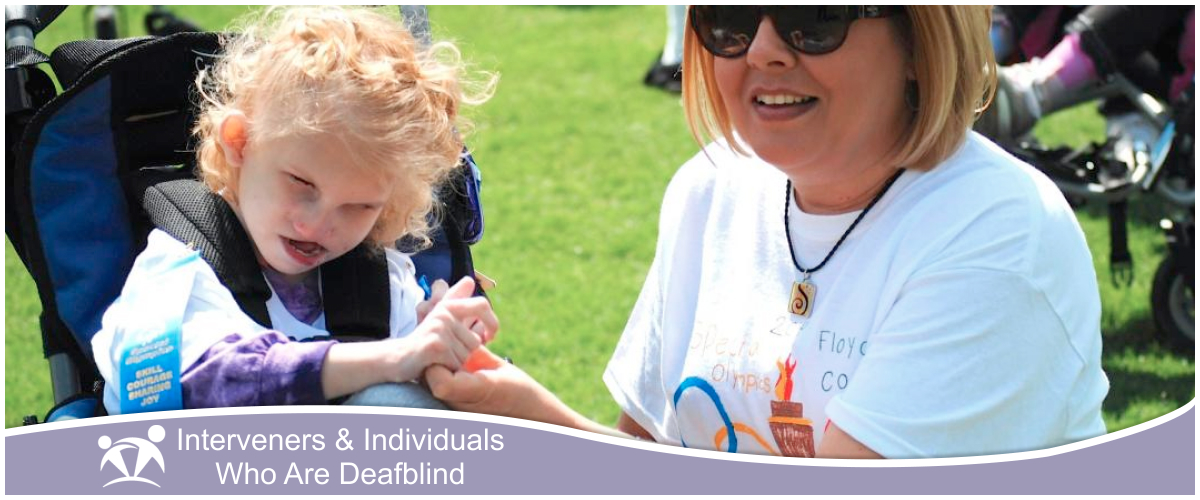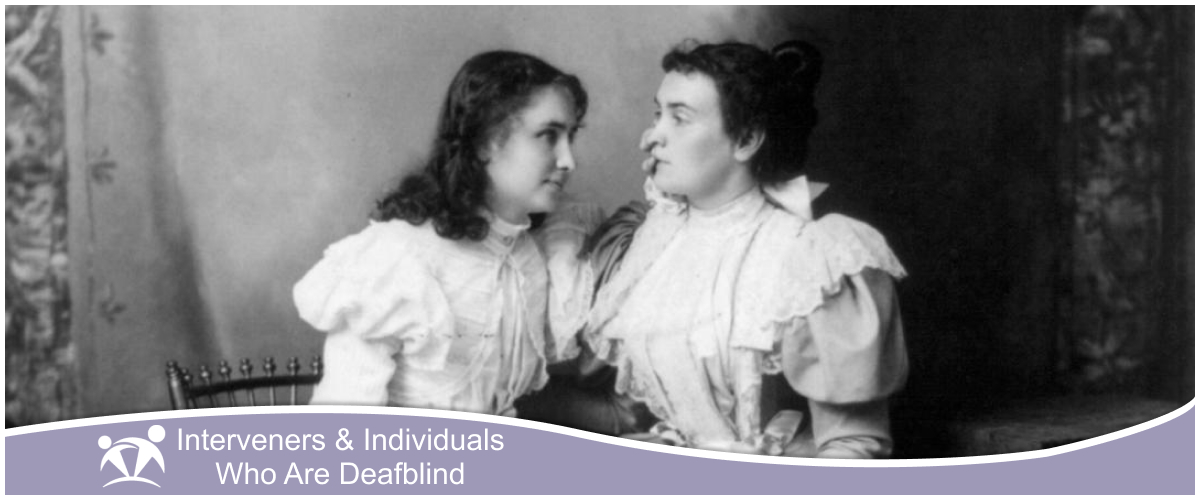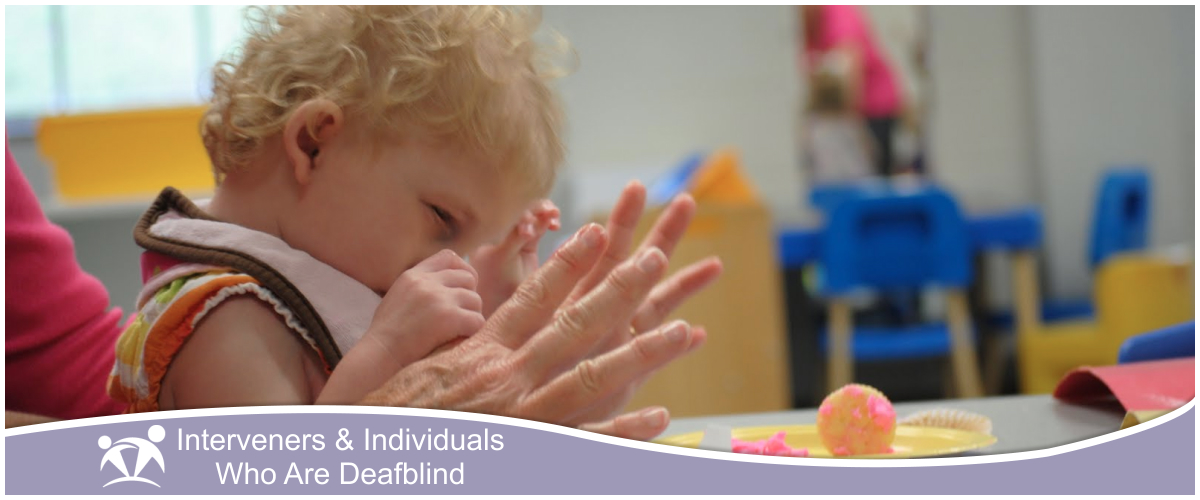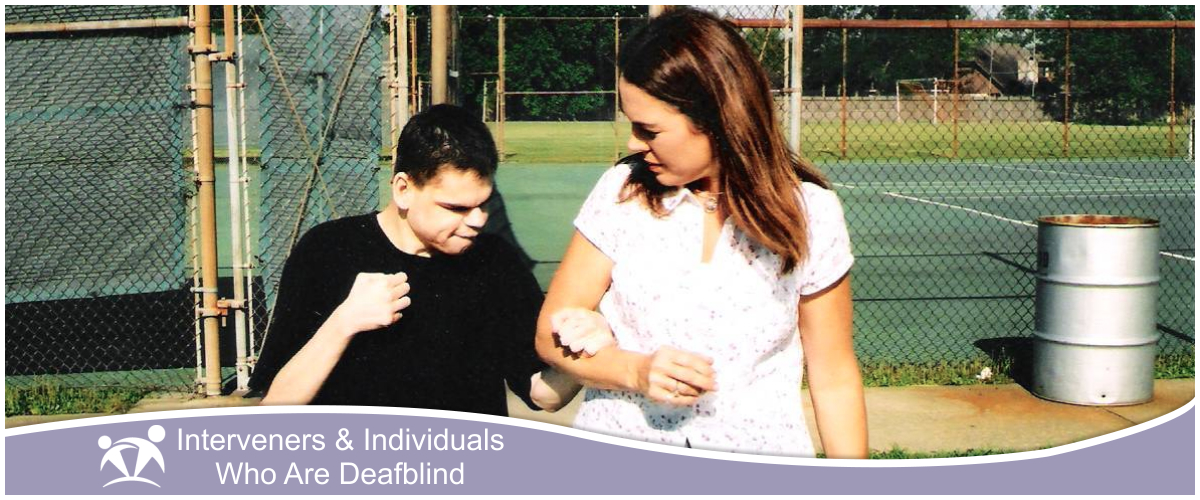Helen Keller, the most well-known individual with deafblindness in the United States, benefited from constant one-to-one services provided by Anne Sullivan. Although not called an “intervener”, Sullivan gave Helen access to information about people and things in her environment. This was critical to her ability to learn, communicate, and function in the world. Today, students who are deafblind can receive the same services that Helen Keller received from individuals with training and specialized skills in deafblindness. These individuals are called interveners.
An Intervener is a person who:
The Role of the Intervener is to:
This website will provide an array of information to help you understand what an intervener is, what their role is, and how they can change the life of a child who is deafblind.
Watch the video below to learn more.





